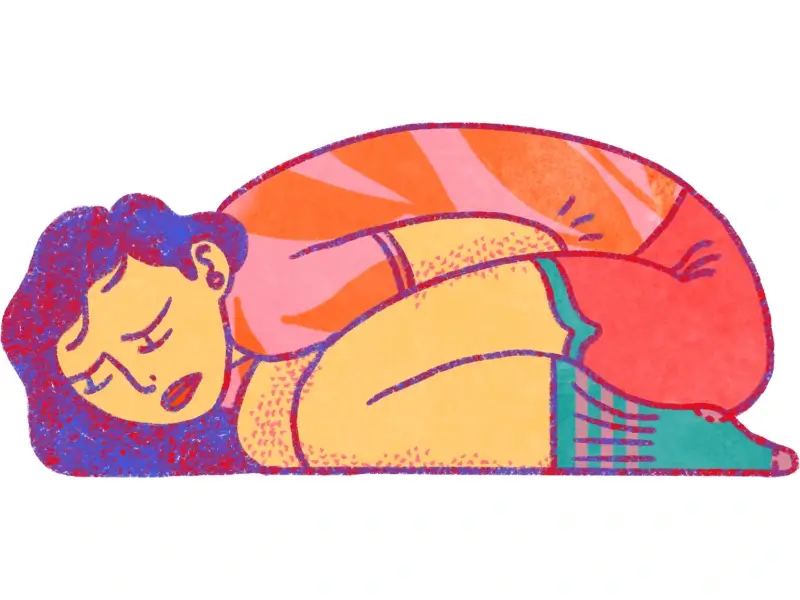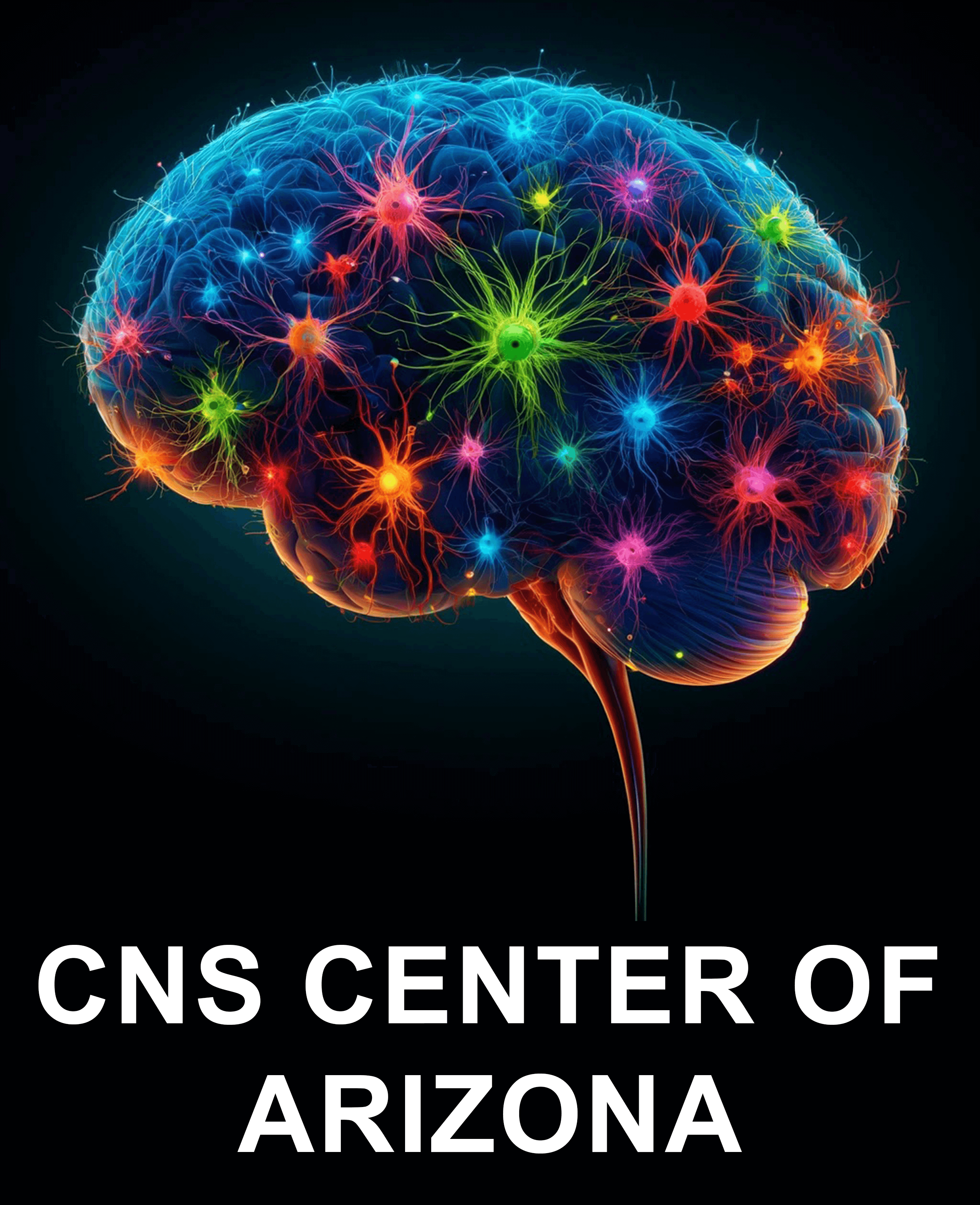
Premenstrual dysphoric disorder, or PMDD, affects approximately 3 to 8 percent of women of reproductive age and causes significantly more severe symptoms than typical premenstrual syndrome (PMS).
PMS, which impacts up to 75 percent of women, usually involves milder mood fluctuations and physical discomfort.
Both conditions can interfere with daily life, but PMDD often results in severe mood swings, intense irritability, and overwhelming depression.
Tracking symptoms with a PMDD checklist can be an effective tool when seeking medical support.
CNS Center Arizona is here to help you recognize the difference between PMDD and PMS.
What Is PMS And How Does It Affect Women’s Health
Defining Premenstrual Syndrome And Common Symptoms
Premenstrual syndrome is a group of physical and emotional symptoms that show up in the days leading up to your period.
These symptoms can include mood swings, irritability, bloating, headaches, and breast tenderness.
They usually ease once your period starts.
PMS affects a large number of women, often making daily tasks harder but not stopping you completely.
Typical Mood Changes And Physical Signs Of PMS
Many women notice mood shifts like feeling sad, anxious, or moody during PMS.
However, these mood swings tend to be mild to moderate and don’t usually affect your ability to work or maintain relationships.
Physical symptoms like cramps, fatigue, and changes in appetite are common but manageable with simple lifestyle adjustments.
Impact Of PMS On Daily Life And Mental Health
While PMS is common, for some women, it can still cause discomfort and stress.
Stressful days, poor sleep, or an unhealthy diet might make symptoms feel worse.
If you notice horrible PMS mood swings that leave you feeling emotionally drained or unable to focus, it may be time to look deeper into your symptoms and seek support.
What Is PMDD And How Does It Differ From PMS
Understanding Premenstrual Dysphoric Disorder
PMDD is a more severe form of PMS that affects a smaller group of women but causes much greater emotional and physical distress.
It’s a recognized mental health disorder with symptoms that can disrupt work, school, and personal relationships.
Unlike PMS, PMDD can lead to feelings of hopelessness, intense anger, and extreme fatigue.
Key Differences Between PMDD And PMS

The biggest difference between PMDD and PMS is severity.
PMDD symptoms are more intense and often include depression, anxiety, and severe mood swings.
These symptoms appear in the week or two before your period and disappear shortly after menstruation begins.
PMS symptoms, while uncomfortable, do not usually reach this level of intensity or interfere with everyday functioning.
Why Recognizing The Difference Matters For Treatment
Understanding the difference helps you and your healthcare provider choose the right treatment plan.
PMS can often be managed with lifestyle changes like diet, exercise, and stress reduction.
PMDD may require medical treatments, including medications or counseling.
Without clear recognition, many women live with PMDD symptoms without proper help, assuming it’s just “normal” PMS.
Using A PMDD Checklist To Recognize Symptoms
What A PMDD Checklist Includes
A PMDD checklist is a helpful tool that lists symptoms to track their frequency and severity.
Symptoms on the checklist usually include severe mood swings, feelings of anger or irritability, depression, anxiety, difficulty concentrating, and physical complaints like breast tenderness or headaches.
Keeping a daily record can clarify if symptoms meet the criteria for PMDD.
How To Use A Checklist To Talk To Your Doctor
If you suspect you have PMDD, sharing a completed checklist with your healthcare provider can help them understand your experience better.
It gives a clear picture of timing and severity, making diagnosis easier.
This information can also guide the choice of premenstrual syndrome treatments that will work best for you.
CNS Center Arizona encourages women to use tools like this to have more informed conversations with their doctors and find the right support for their mental health needs.
Common Premenstrual Syndrome Treatments And Support
Lifestyle Changes That Help Manage Symptoms
For many women, adjusting diet, sleep, and exercise habits helps ease PMS symptoms.
Eating balanced meals, getting regular physical activity, and reducing caffeine or alcohol intake can improve mood and energy.
Mindfulness and stress reduction techniques may also lessen emotional ups and downs.
Medical Treatments For Severe PMS And PMDD

When symptoms are intense or interfere with life, medical treatments might be necessary.
Doctors might recommend antidepressants, hormonal therapies, or anti-inflammatory medications.
Counseling and therapy at CNS Center Arizona can also support emotional health, helping you manage stress and mood swings.
How CNS Center Arizona Supports Women With PMS And PMDD
Our team helps women in Arizona understand the differences between PMDD and PMS, guiding them toward treatments that fit their needs.
We work with you to build a plan that includes mental health care and lifestyle support to help you feel more balanced.
The Role Of Women’s Health Initiatives In Raising Awareness
How Research Improves Understanding Of PMS And PMDD
Organizations like the Women’s Health Initiative have expanded knowledge about how hormonal changes affect mood and physical health.
Their research helps doctors recognize symptoms earlier and develop better treatments for women dealing with premenstrual disorders.
The Importance Of Education And Community Support
Greater awareness in the community helps reduce stigma around mood disorders linked to women’s health.
When women share their stories and get accurate information, they’re more likely to seek help and find relief.
Support groups and resources provide comfort and practical advice for coping.
How CNS Center Arizona Encourages Ongoing Dialogue About Women’s Health
We believe in creating an open, understanding space for women to talk about their experiences with PMS and PMDD.
In sharing knowledge and offering compassionate care, CNS Center Arizona supports women throughout their reproductive health challenges.
Manage Your PMDD And PMS Better with CNS Center Arizona
Getting an understanding of the difference between PMDD and PMS is a crucial step toward feeling better.
Using a PMDD checklist helps you track your symptoms clearly and get the right care sooner.
Horrible PMS mood swings and severe emotional distress should not be dismissed as just part of being a woman.
Taking charge of your mental health and knowing what treatments are available is important for your overall well-being.
If you live in Arizona and find yourself struggling with mood swings or other symptoms linked to your menstrual cycle, CNS Center Arizona can help you figure out what’s going on.
We provide support tailored to women’s health challenges, helping you find balance and improve your well-being.
Contact us to learn more about our services.




